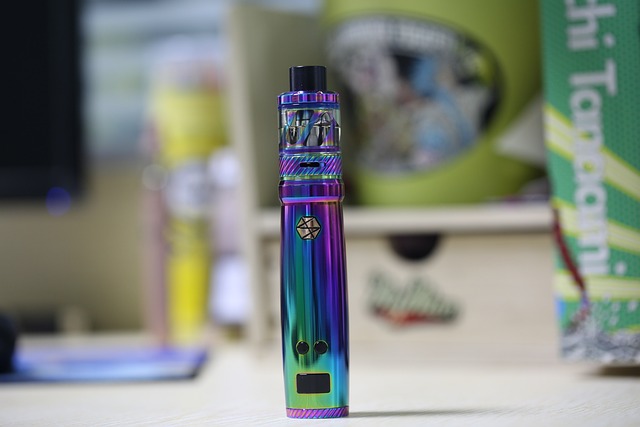
Understanding 8.5g: The Impact of E-Cigarettes on Health and Society

Introduction
The term “8.5g” has recently emerged in discussions surrounding the vaping and e-cigarette industry, referring to a commonly discussed limit on nicotine or liquid content. This article aims to delve into the implications of this measurement within the broader context of e-cigarettes, exploring health risks, regulatory frameworks, and societal perceptions. From understanding the science behind vaping to the legislative measures that govern it, we will provide a comprehensive overview of the impact of e-cigarettes on today’s world.
The Science Behind 8.5g in E-Cigarettes
To grasp the significance of 8.5g, it is crucial to understand the components of e-cigarettes. Typically, e-liquids consist of propylene glycol, vegetable glycerin, flavorings, and nicotine. The concentration of nicotine in these liquids is often measured in milligrams per milliliter, and the total volume can significantly influence the amount of nicotine consumed. For instance, an e-liquid bottle containing 8.5g of nicotine would correlate to a specific concentration, changing the way enthusiasts engage with e-cigarettes.
Health Risks Associated with E-Cigarettes
The health implications of vaping remain a contested topic. While proponents argue that e-cigarettes are safer alternatives to traditional smoking, emerging research points to potential risks. Consumption of e-liquids with high nicotine concentrations, such as those at the 8.5g level, may lead to dependency and other health issues. Studies have linked vaping to lung disorders and cardiovascular problems, prompting health organizations to research and issue warnings about usage.
Regulatory Landscape Surrounding E-Cigarettes
The regulation of e-cigarettes varies significantly by region, often influenced by the recognized risks posed to users. Countries are increasingly implementing guidelines on nicotine content. For example, the European Union’s Tobacco Products Directive limits nicotine levels in e-liquids, which in theory, impacts how products containing 8.5g of nicotine can be manufactured and sold. Understanding these regulations helps consumers make informed choices about their health.
Public Perception and Stigma
The social acceptance of vaping has evolved. Initially considered a trendy alternative to smoking, e-cigarettes now face substantial scrutiny. Various public health campaigns have highlighted the risks associated with high nicotine concentrations, leading to a stigma against users, particularly those who utilize products with high volumes like 8.5g. As societal views shift, businesses in the vaping industry must navigate changing perceptions and advocate for responsible usage.
Case Study: E-Cigarettes in Teen Populations
Recent trends show that e-cigarettes have become increasingly popular among teenagers. A case study from the U.S. presented alarming statistics, demonstrating that a considerable percentage of high school students reported using e-cigarettes. Engagement with high-nicotine products, such as those with 8.5g of nicotine, raises concerns for adolescent health, leading schools and parents to become more proactive in addressing vaping.
Comparative Analysis of E-Cigarettes and Traditional Cigarettes
To better understand the implications of e-cigarettes, we can compare them with traditional cigarettes in terms of health risks and nicotine levels. The table below illustrates some key differences:
| Aspect | Traditional Cigarettes | E-Cigarettes (8.5g Nicotine) |
|---|---|---|
| Nicotine Content | Average 12-20mg per cigarette | 8.5g per bottle, varies by flavor |
| Health Risks | High risk of lung cancer, heart disease | Potential lung damage, cardiovascular concerns |
| Regulation | Strictly regulated | Varies by region, emerging regulations |
| Social Perception | Negative stigma | Shifting views, increasing scrutiny |
Questions and Answers about E-Cigarettes and 8.5g
What is the impact of 8.5g nicotine concentration in e-cigarettes?
The impact of 8.5g nicotine concentration is significant, as it can lead to increased dependency among users. High levels of nicotine may also exacerbate withdrawal symptoms, making quitting more challenging.
Are e-cigarettes really a safer alternative to traditional cigarettes?
While e-cigarettes are often marketed as safer alternatives, they are not without risks. The long-term health effects are still being studied, and dependence on high concentrations of nicotine, such as 8.5g, can lead to adverse health outcomes.
How does legislation impact the availability of e-cigarettes?
Legislation plays a crucial role in determining the availability of e-cigarettes. Regions with stringent regulations often see limited access to high-nicotine products, which can influence consumer behavior and public health initiatives.





